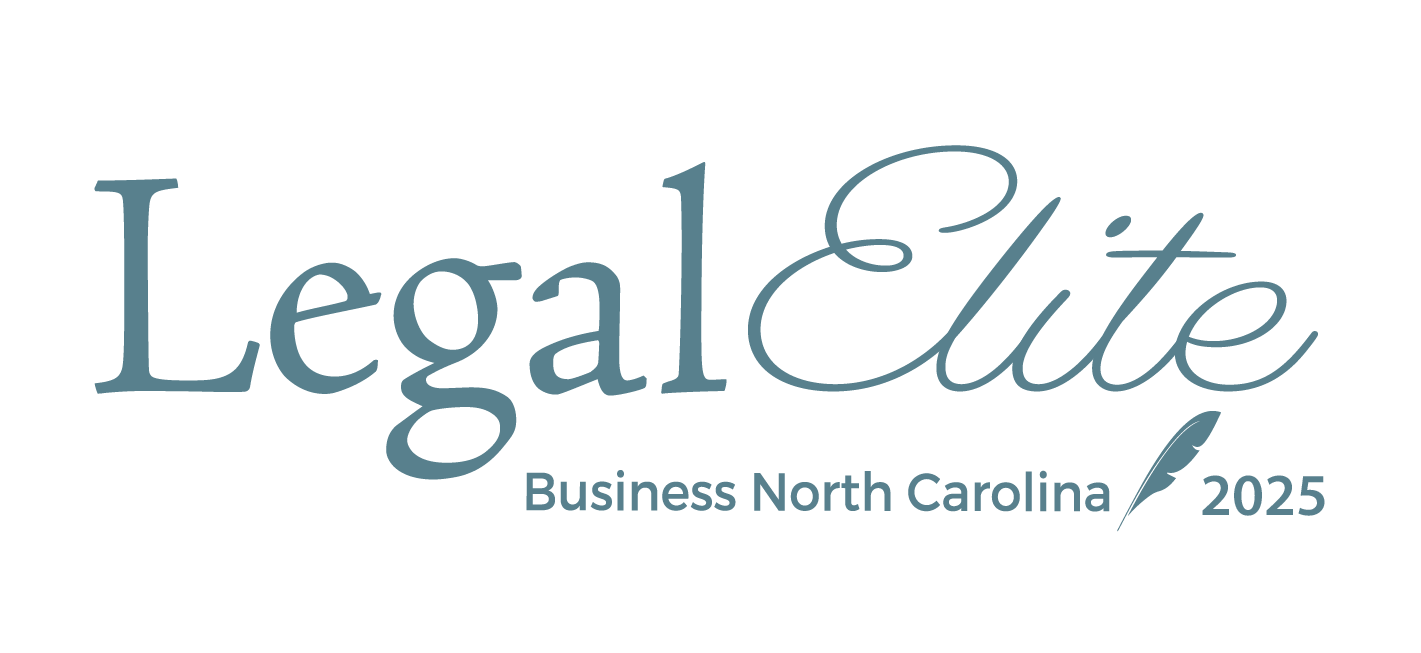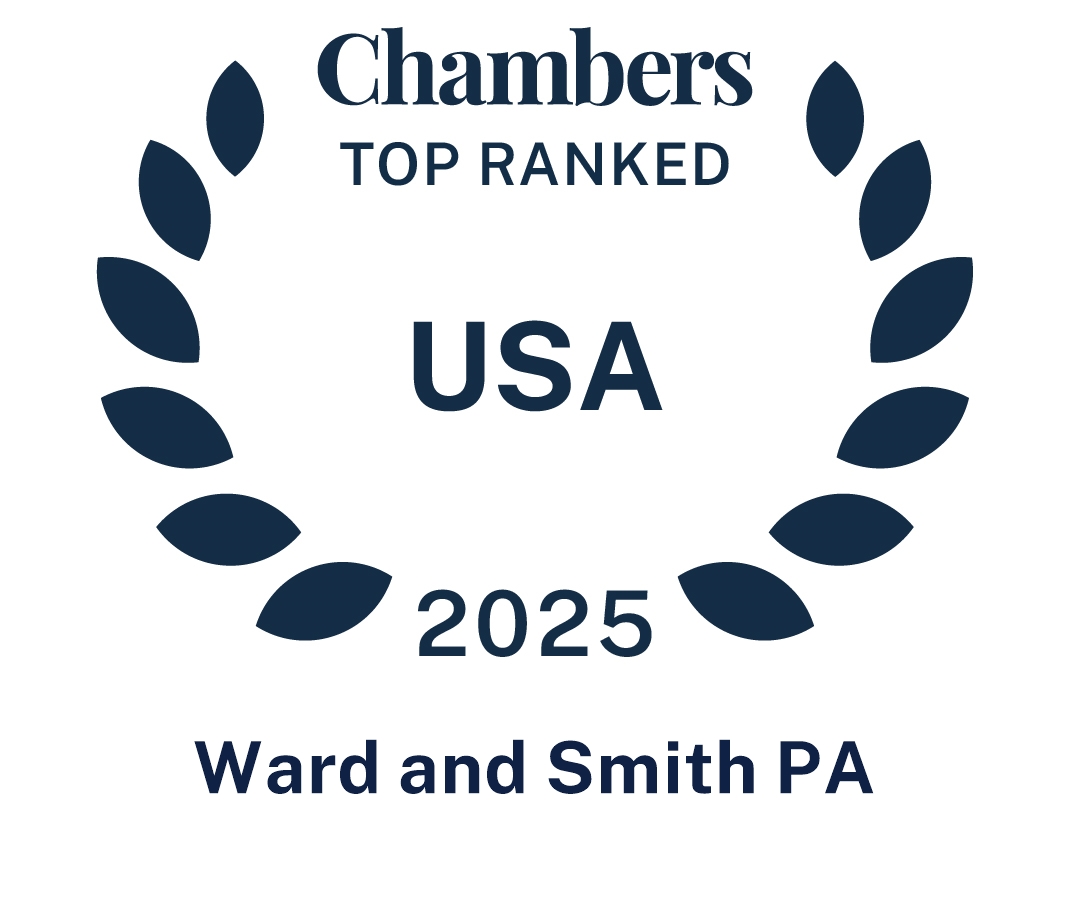Three Ward and Smith attorneys shared critical insights on an array of legal topics impacting the construction industry, including updates on the shifting landscape of employment regulations, the nuances of North Carolina's Notice of Contract Mechanism, and guidance for mastering insurance provisions that protect your projects and company.
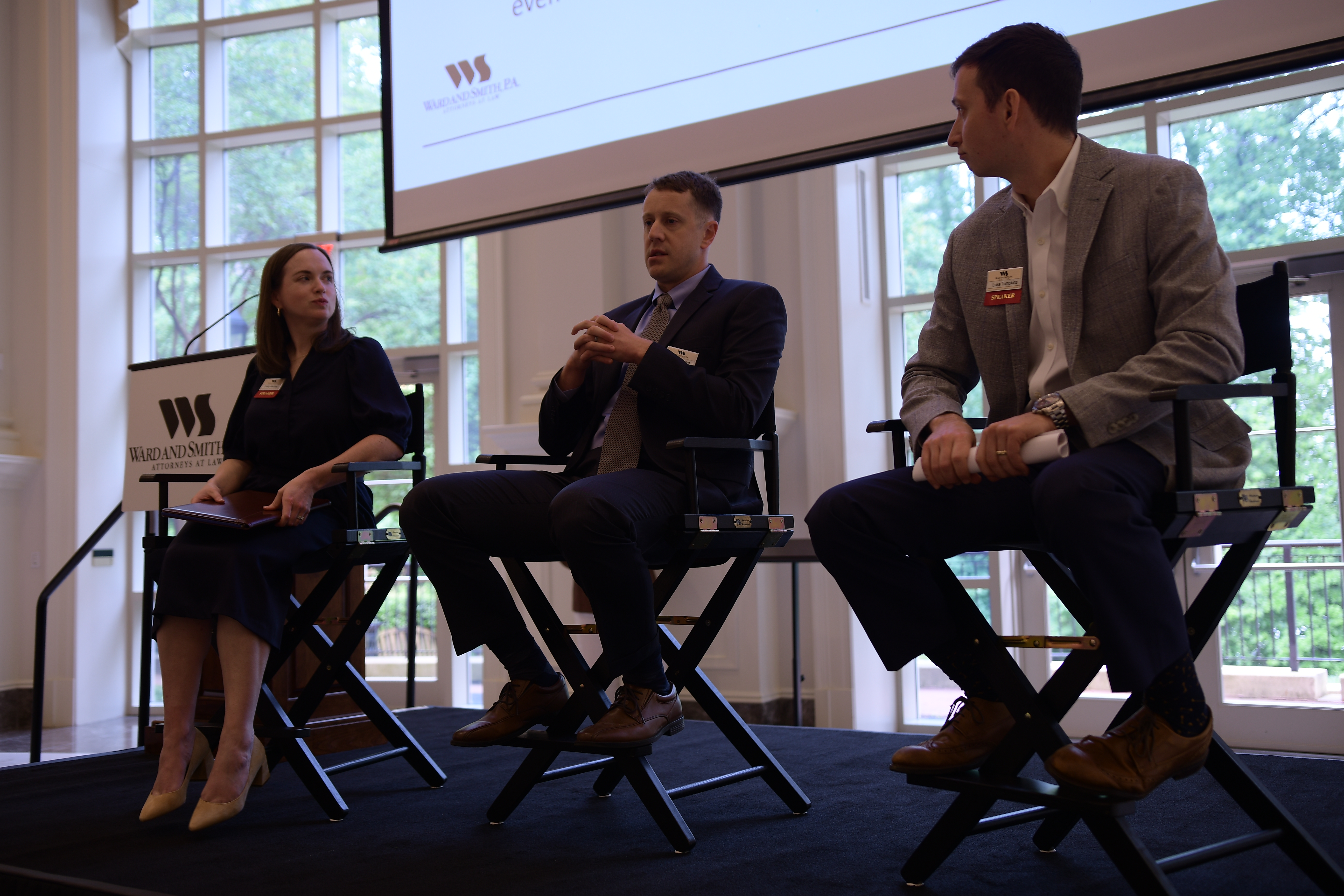
The rapid-fire session kicked off the firm's 2025 Construction Conference. To help construction business owners and leaders mitigate risk and gain a competitive edge, the discussion featured information on a variety of key issues, including:
- Noncompete agreements
- OSHA's new heat hazard rule
- Notice of Contract best practices
- Insurance policy implications for contractors
Employment Law Updates
Emily Massey, a North Carolina Board Certified Specialist in Employment Law, shared that the death of noncompete agreements has been greatly exaggerated. "There is currently not a ban on noncompete agreements, but the rules are constantly evolving as far as what is enforceable," advised Massey, "so if you have a non-solicitation agreement or noncompete agreement in place, you should have it reviewed by legal counsel."
Overtime exemption guidelines are frequently changing. Currently, the minimum salary threshold to classify an employee as exempt is $684 per week, or approximately $35,568 annually.
"There's a long history with this, and we haven't had enough coffee to fully delve into it," joked Massey, "but the takeaway is that we recently reverted back to the old rules."
An exempt employee must also qualify under the applicable duties test, which is designed to ensure that the individual's primary job responsibilities meet the exemption. "The rules for this can be complex, and I recommend reviewing this with your HR person," Massey noted.
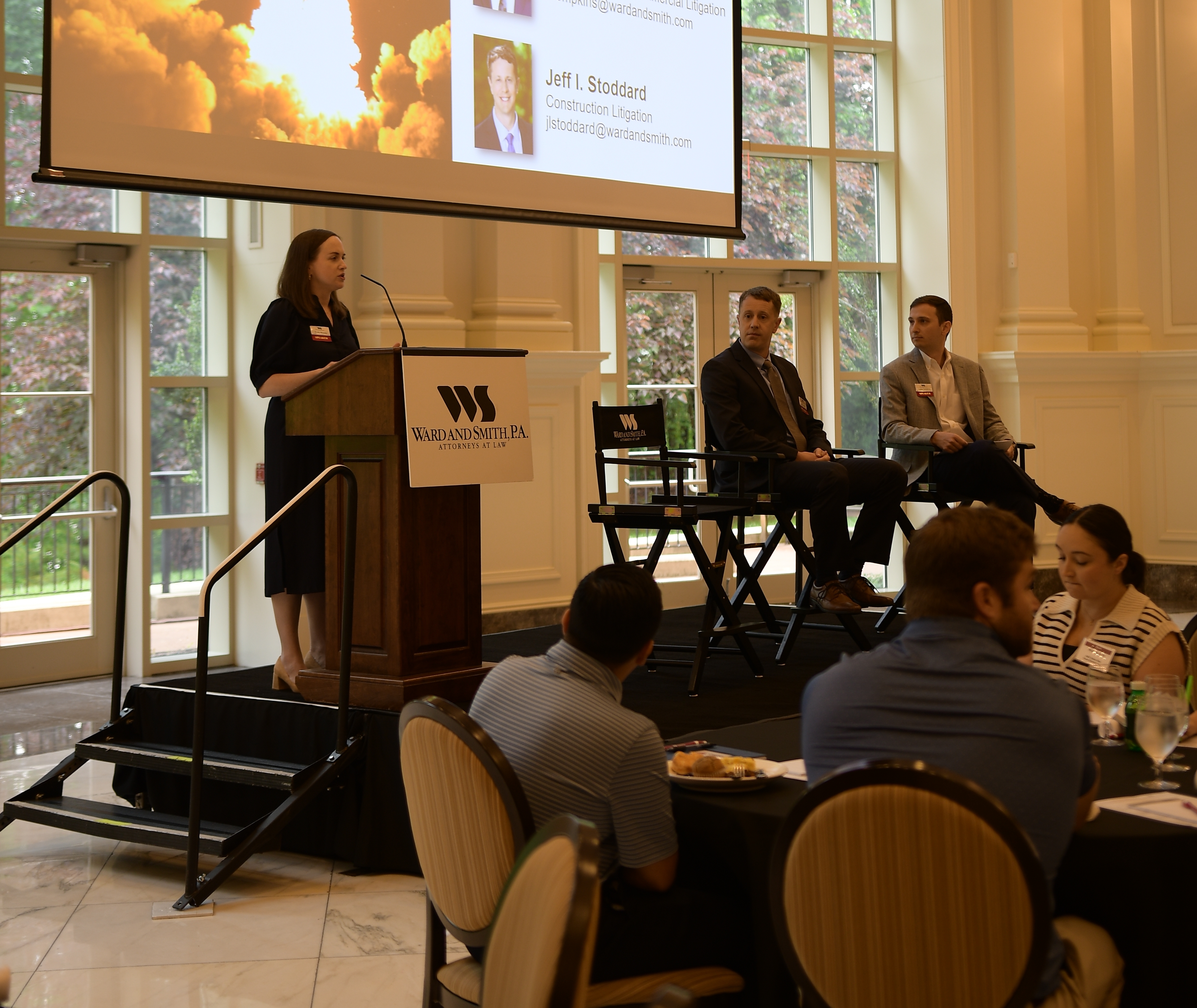 Massey added that the Trump administration could potentially seek to modify the overtime rule. To stay informed, employers should consider subscribing to newsletters and alerts issued by the firm.
Massey added that the Trump administration could potentially seek to modify the overtime rule. To stay informed, employers should consider subscribing to newsletters and alerts issued by the firm.
The classification of independent contractors can also be difficult to navigate, and misclassification poses a significant risk. One of the most important guidelines relates to the employer's level of control over the individual.
The National Labor Relations Board (NLRB) was very active during the Biden administration, with the General Counsel (GC) issuing some controversial memoranda. Because of this, at the firm's annual In-House Counsel Seminar in December 2024, Massey went on record stating her belief that the GC would be removed when the next administration took office. That prediction proved true.
OSHA is looking to regulate and prevent heat-related hazards in the workplace with the proposal of a new rule, though it will likely not take effect this summer. The comment period for the proposed rule is closed, but it will be subject to a public hearing on June 16, 2025.
The rule would require employers to provide frequent breaks and water once the heat index exceeds 80 degrees Fahrenheit, whether indoors or outdoors. A second trigger would apply at 90°F. At that point, employers must monitor for symptoms of heat illness and provide 15-minute breaks every two hours.
"Considering the number of blisteringly hot days we have in our state, this could have significant implications," added Massey.
Covered employers would need to develop a Heat Injury and Illness Prevention Plan. Notable exceptions include firefighters and other first responders, short-duration exposures, remote work, and sedentary work performed outside.
The Trump administration's Executive Order 14173 from January 31, 2025, is another development with implications for the workplace. "The key provision of this order is prohibiting illegal DEI policies in the federal government, and the most significant applications relate to federal contractors," said Massey.
Though the order has little effect on private employers, it mandates that federal contractors eliminate affirmative action plans and DEI initiatives. "This essentially just says what we always advise our clients, which is: do not engage in illegal discrimination under Title VII or make employment-related decisions based on protected classes," Massey noted.
"What this does not say is that you cannot, as an organization, promote fair and inclusive workplaces, encourage inclusion, or recruit employees from lots of different places," concluded Massey.
Notice of Contract
Luke Tompkins, a commercial litigation attorney, discussed the Notice of Contract mechanism in North Carolina. "This is a valuable tool for general contractors, because it can prevent a second or third-tier subcontractor from placing a lien on the project property," Tompkins explained.
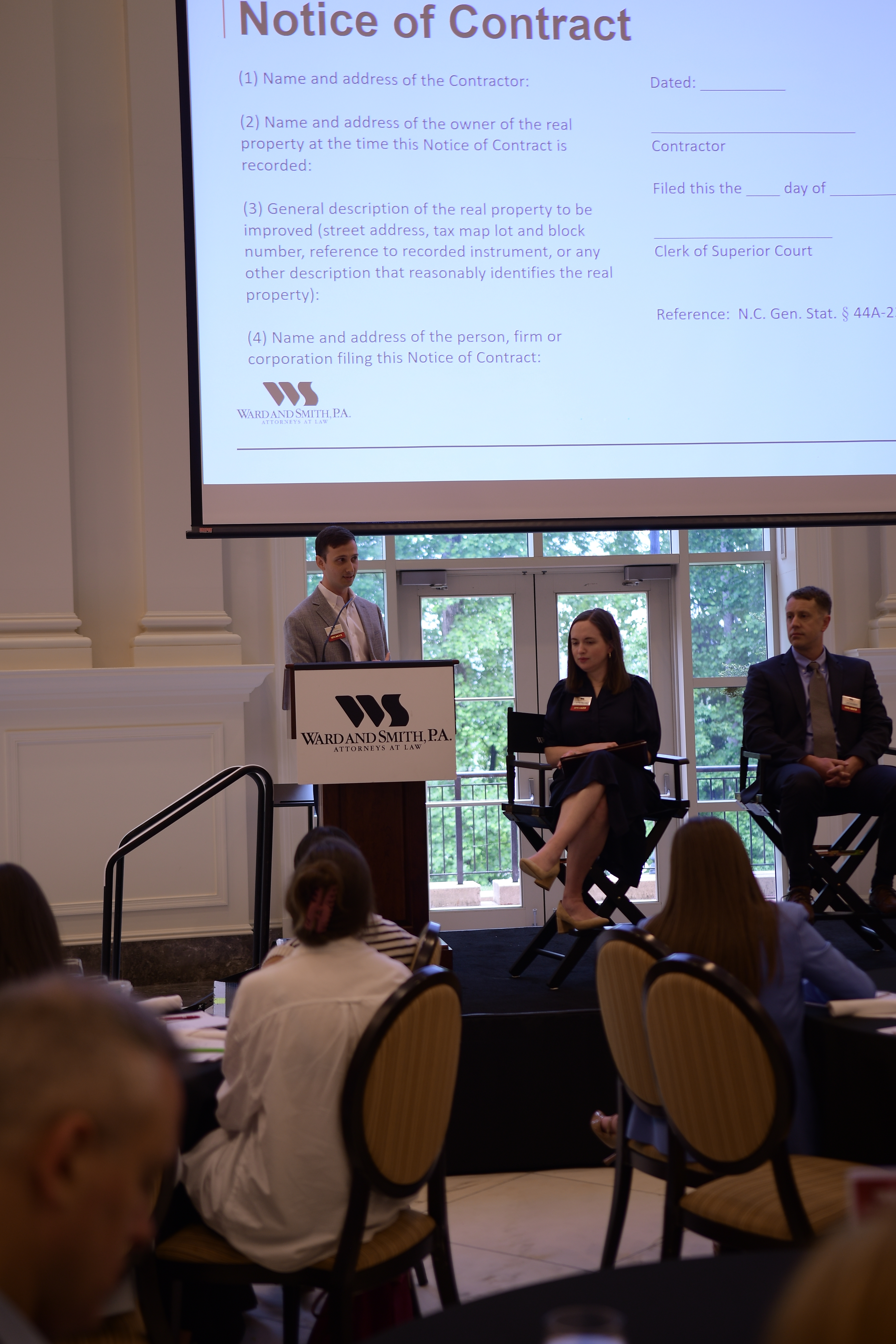 The Notice of Contract is a simple form that general contractors need to post on the project site and file with the Clerk of Court in the county where the project is located. It has to be posted in a position that is easy to see and filed within 30 days of the issuance of the building permit, or 30 days after the date the contract was awarded, whichever is later.
The Notice of Contract is a simple form that general contractors need to post on the project site and file with the Clerk of Court in the county where the project is located. It has to be posted in a position that is easy to see and filed within 30 days of the issuance of the building permit, or 30 days after the date the contract was awarded, whichever is later.
"This is a great way to avoid risk. If you implement this into your practices, the owners you work with will be very happy if you need to defeat a lien from a second or third-tier subcontractor," said Tompkins, "so I encourage you to make this a part of your routine."
The Notice of Contract has four fields:
- Name and address of contractor
- Name and address of the owner on the filing date
- General description of the property
- Name and address of person, firm or corporation filing the form
The general description of the property can be almost anything that reasonably identifies the property, such as the address, tax map lot, block number, reference to recorded instrument, etc. "Filing this form shifts the burden to the subcontractors if they want to preserve their right to file a subrogation lien on the project property," noted Tompkins.
Once the Notice of Contract is posted and filed, subcontractors have to serve a completed Notice of Subcontract on the general contractor or forfeit their right to file a subrogation lien. "In my experience, many general contractors do not take advantage of this process," added Tompkins. "Because of that, a lot of subcontractors are probably not prepared to serve a Notice of Subcontract."
If a second or third-tier subcontractor does serve a Notice of Subcontract on the general contractor, general contractors can still extinguish the subcontractor's subrogation lien by serving a notice of payment to the second or third-tier subcontractor every time the relevant first-tier subcontractor is paid. The notice of payment requires the date of payment and the period for which the payment is made.
Insurance Provisions
Jeff Stoddard, a construction litigator, outlined the exclusions and limitations of commercial general liability insurance policies. "The forms of insurance that apply to the construction industry may be as varied as the types of tools that are required to complete a project," commented Stoddard.
Property and casualty insurance protects the individual who purchases the policy and any owned property. An example would be damage to a contractor's office.
Specific peril is a form of property and casualty insurance that outlines exactly what is and isn't covered.
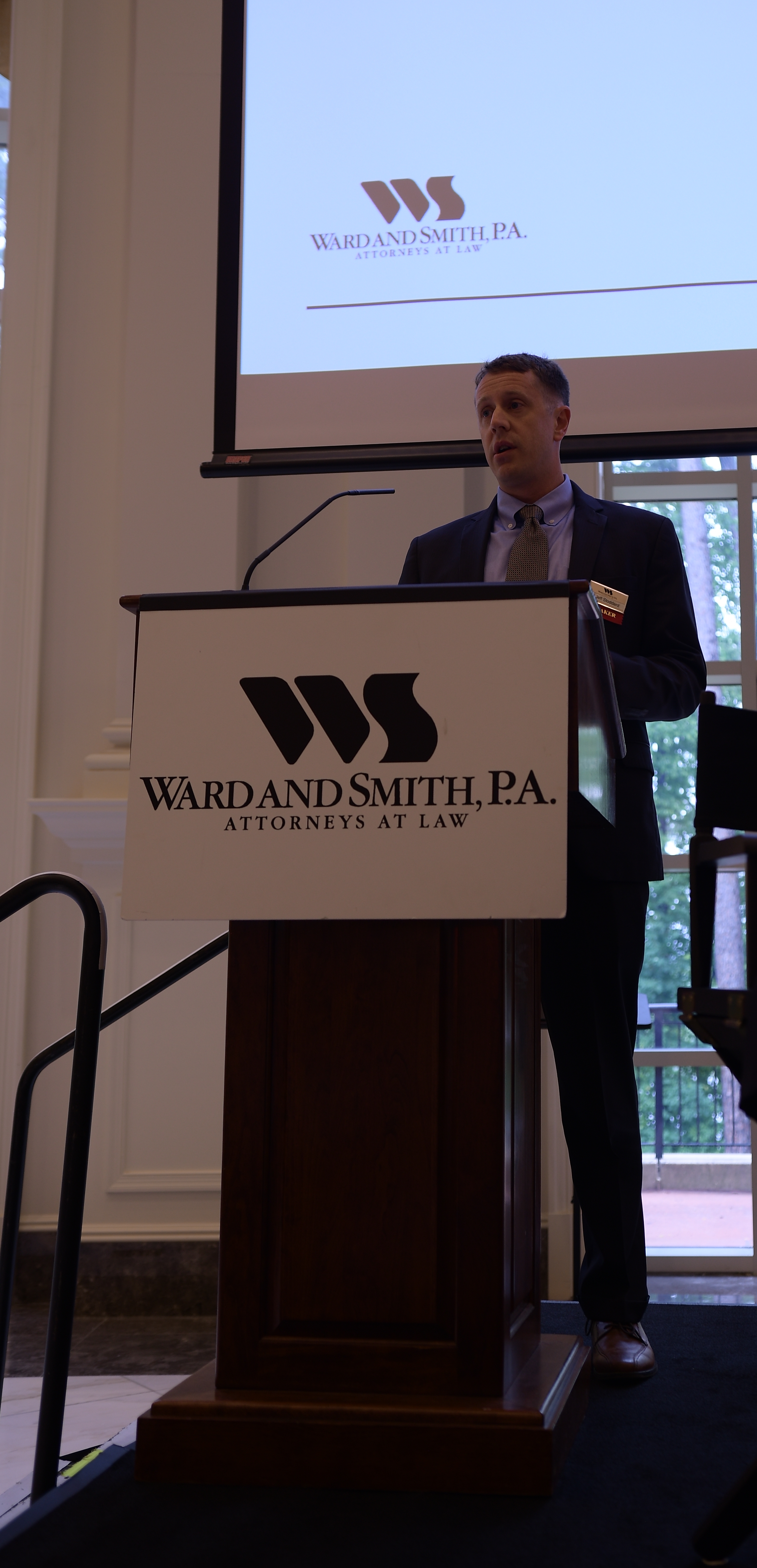 "These policies are very long, and insurance companies are experts at making you think you're buying a lot of coverage when, in fact, the things most likely to happen to you are excluded," said Stoddard.
"These policies are very long, and insurance companies are experts at making you think you're buying a lot of coverage when, in fact, the things most likely to happen to you are excluded," said Stoddard.
"This is partially why it's so important to meet with your insurance agent and get your agent to understand the specific needs of your business and what your policy actually covers. The website isn't going to do that," he added.
An alternative to specific peril is all-risk insurance. "A North Carolina Supreme Court decision last year emphasized that under all-risk insurance policies, the insurance carrier is liable for all risks, except those specifically excluded," said Stoddard. "So this is better than specific peril."
CGL insurance is a topic of particular concern for construction professionals. "People think they're fully insured if they purchase CGL insurance, but that's not always the case," he explained.
While CGL insurance covers bodily injury, personal injury, advertising injury, and damage to others' property, there are key exclusions. "It is absolutely paramount to note that CGL insurance does not serve as a warranty," Stoddard emphasized.
For example, if a roofing company installs a faulty roof that leaks and damages a building's interior, the insurer would only cover interior repairs, not the cost of replacing the faulty roof.
"If the owner sues only for roof repairs and the roofing company submits a claim, they're likely to get a declination of coverage letter," he noted.
CGL insurance also does not cover pay disputes, intentional conduct, or fraudulent misrepresentations. "So if a disgruntled employee slashes tires on-site, that falls under the intentional conduct exclusion—it's not covered," said Stoddard.
Contractors should also be careful when communicating with insurers. "If you misrepresent your position in a dispute, the carrier may use that to deny coverage," he cautioned.
Licensing board complaints are not covered either. "If you're a licensed professional and you receive a complaint, hire an attorney to help with your response—because anything you say can be used against you," Stoddard advised. "Most contractors don't come to me until after they've already submitted something, and by then, it's harder to help."
Since CGL insurance isn't a warranty, it doesn't cover repairs needed because of shoddy work by the contractor, employees, or subcontractors. It also excludes repairs for work that doesn't comply with the contract, design documents, industry standards, or building code.
Work required to complete the project under the contract is also excluded.
"Resulting damages" refers to what's actually covered by the policy. "After discussing what they don't pay for, it seems quite limited what they actually do pay for," joked Stoddard.
In the case of an HVAC company, the insurer may not pay to replace the unit, but could cover damaged flooring caused by a leak.
General contractors can obtain additional protection by becoming additional insureds on subcontractors' policies. This gives them coverage for losses, and the subcontractor's insurer would have to pay for the defense if necessary.
Contractors can require subcontractors to list them as additional insureds in their contracts. If a general contractor is sued over a subcontractor's work and an indemnification clause is in place, the subcontractor must cover all resulting costs or pay for the defense.
"This isn't insurance, but it is another way for general contractors to manage risk through contracts," Stoddard said.
Final Thoughts and Audience Questions
In response to a question about the classification of independent contractors, Massey noted that the damages resulting from misclassification can be substantial. To understand the distinction, employers should consider the amount of control the company has over the individual in question, as well as whether that person services multiple businesses, drives a company vehicle, or has a company email.
Another audience member wondered about how much enforcement is taking place and how many contractors are seeking to be reclassified as employees. "My opinion is that we will probably see less enforcement under the current administration than we saw in the prior administration," said Massey, "but it is always possible for a disgruntled contractor to seek reclassification as an employee."
Another question centered on a subcontractor who broke a sprinkler head and caused significant flood-related damages. In this case, the property owner could sue both the subcontractor and the general contractor.
Having an additional insured certificate would ensure that the subcontractor's insurance company would have to cover all legal defense costs for both parties, preventing claims from affecting the general contractor's premiums. This is a proactive way for general contractors to manage risk.
Read More Insights from Ward and Smith's 2025 Construction Conference
- Highlights of North Carolina Construction Legend's Fireside Chat
- Design-Build Requirements in North Carolina
- Blueprint for Growth: Construction Diversification Strategies for North Carolina Businesses





